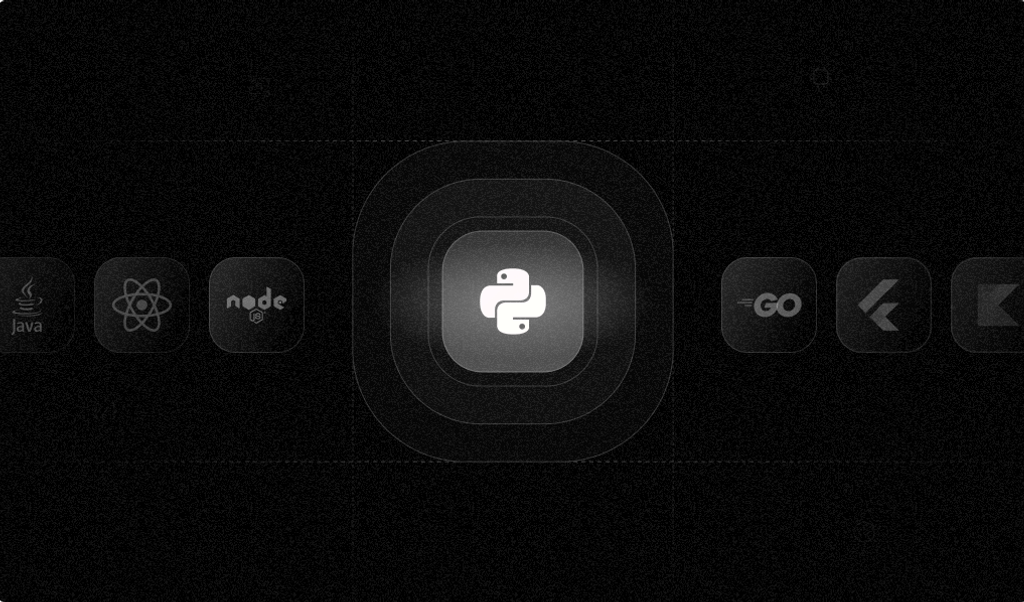
For decades, cookies have been an essential component of internet operations. These small packages of data, differentiating your computer from others, first appeared as part of the Netscape Navigator web browser in 1994. Since then, web developers have been using cookies for various purposes, perhaps most notably on e-commerce sites. A site stores its cookies in a user's web browser to track certain behaviors to facilitate marketing goals—whether the user has previously visited the site or the user's login information, for example.
While cookies can help ensure a more personalized web experience for individual users, cookies become more controversial when websites use third-party cookies to track users over time across multiple domains. Companies do this to fine-tune their targeting advertisements and remarketing campaigns, but the personal information they gather can lead to privacy violations.
Google intends to block third-party cookies in Chrome by 2024, following similar decisions by Firefox and Safari. Since Chrome is by far the most popular browser, this will change the marketing game considerably; marketers and company decision-makers rely on the massive volume of data from cookies to inform business decisions, refine strategies, and target campaigns.
A cookieless future will force businesses to explore alternative methods for getting the right content to the right people.
In this article, you'll learn why cookies are being phased out, and what other technologies you can use instead.
What Are the Benefits of Cookies?
The current online experience is curated by cookies. They help websites operate more efficiently by allowing users to engage with a site's essential features. They also allow sites to personalize user experiences in several ways:
- Offering features that are unique to each user
- Tracking user web browsing patterns
- Gathering information that helps companies improve their website, products, and services
Cookies generally act as a website's memory, allowing it to remember a user and their customizations, like language and layout. Because of this, the page loads exactly as the user prefers. Knowing the users' preferences also enables the site to adapt its content to what is most useful or interesting to this particular user. This type of personalization would be impossible to achieve otherwise.
Last but certainly not least, cookies are used for authentication. Web servers use authentication cookies to determine whether a user is currently logged in to a website or an application and which account they use. Without these cookies, a website would not remember that a user was logged in, meaning the user would need to enter their credentials each time they wanted to access a site. The site also couldn't authenticate user requests and would not know whether to send a page containing sensitive data.
Why Are Cookies Being Phased Out?
Cookies also have several drawbacks, which is why browsers are phasing them out. First, there are significant privacy concerns. Cookies, specifically third-party cookies, can track users' online activities, every website they visit, and how long they spend on each site. This is valuable data that can be accessed by nearly everyone, including companies, marketers, governments, and malicious actors. This means sensitive information about a user, like their name, address, and the credit card number, is accessible to others. Users must assess the website they're on before allowing it to place cookies on their browsers. If the website's source or administrator seems dubious, users are better off refusing to enable cookies during their visit.
Furthermore, cookies present significant security risks because they are saved as text files that could be easily hijacked. These files are simple to open, and any threat actor can view the information they contain. One thing to remember is that not all websites that gather data from cookies are trustworthy. Some of them may be malicious and use cookies to hack systems.
Although cookies can't slow down a computer, if a user doesn't regularly delete them, their numbers may grow and eventually impact how well a browser performs. Websites load cookies' information when a user visits them, and too many of them might lead to slower loading times. Deleting cookies can speed up a user's browser, but this isn't an ideal solution. Cookies help a web page remember a user's preferences and load more quickly. Deleting them delays website access because the user information needs to be entered again.
Cookie Alternatives
With web browsers phasing out third-party cookies, companies need to find new ways to identify people online so they can continue collecting and acting on user information.
Identifiers
One alternative solution is using identifiers. A website collects personally identifiable data from users, such as their email addresses or telephone number, and sends it to a third-party provider for identification purposes. Then, either the user is recognized as an existing identity or a new identity is created. The user's data is secured to ensure privacy.
Such identifiers are considered universal because they can apply to multiple platforms and websites. This method ensures that access to information such as browsing history, ad views, and user behavior can be evaluated just as with third-party cookie tracking.
Cohorts
Another third-party cookie alternative is cohorts. The main idea is to group people who have similar interests or identifiers. A cohort's identifiers could be anything a group might have in common, for example, location or age.
Companies and marketers can group users into several cohorts, show them relevant content, and monitor the behavior of each cohort without risking personal information and privacy. This way, websites can gain a deeper understanding of user behavior and adjust marketing strategies accordingly.
Fingerprinting
Browser fingerprinting is a sophisticated form of data collection that creates a unique digital profile based on a user’s browser behavior.
Fingerprinting creates a link between users and their information. When a user clicks a link to visit a website, their browser sends a request to the website server, along with the information required for the user to receive the requested content. Typically, this would include the user's IP address and browser. However, browsers can send more information, including CPU and GPU specifications, operating system details, browser extensions, time zones, fonts, and battery levels. This information can be collected from various websites and used to create a unique fingerprint capable of recognizing and identifying the specific user.
Technologies That Can Replace Cookies
There are several tools available that can perform these alternative methods of collecting information. The following are some examples.
Federated Learning of Cohorts (FLoC)
Google announced in 2020 that it would be phasing out third-party cookies in favor of a tracking mechanism called Federated Learning of Cohorts (FLoC). In contrast to third-party cookies, FLoC provides a privacy-first alternative in which identities aren't transmitted directly. It uses artificial intelligence and machine learning to place users' browsing history into cohorts. Individual data can't be separated from a cohort. Each cohort is assigned an ID, which advertisers use to show relevant content based on the cohort's interests.
Unified ID 2.0 (UID2)
Unified ID 2.0 (UID2) is an open-source identity framework that allows companies and marketing professionals to replace third-party cookies. UID2 ensures that users get relevant content while controlling their privacy and settings. A UID2 identifier is a random number that is encrypted and rotated. Anyone who uses it must accept specific terms and conditions. A significant benefit of UID2 is that the user only needs to consent once per website or application that they're willing to accept ads to see the content. As soon as the user verifies this, it's true across all of their devices, and they don't have to repeat the process every time they visit that website.
Conclusion
Since web browsers, especially Google Chrome, have decided to eliminate third-party cookies, industry professionals know that a cookieless future will impact how digital content reaches users. Cookies provide many benefits, such as personalization and authentication, improving user experience. However, there are several alternatives that not only ensure these benefits but also ensure that user privacy and personal information are protected.
Fingerprint can be used to identify unique visitors with 99.5 percent accuracy. Even if a malicious user tries to cover their tracks, Fingerprint can still capture and combine hundreds of signals from their device, browser, operating system, and hardware configuration. The unique visitor ID generated can be used to detect unusual behavior. With Fingerprint, you can prevent fraud and offer personalized services to trusted users while ensuring good security and privacy.
FAQ
To prepare for a cookieless future, developers can start by reevaluating their current data collection and tracking methods. They should explore alternatives to cookies, such as first-party data collection and contextual targeting. It might also be beneficial to leverage technologies like fingerprinting, which can provide unique identifiers without the use of cookies.
The transition to a cookieless world could have varying impacts on businesses of different sizes. Larger corporations with access to more resources may find it easier to adapt to these changes. They might already have substantial first-party data at their disposal or the means to develop sophisticated data collection tools. On the other hand, smaller businesses might face challenges if they rely heavily on third-party cookies for targeted advertising. They might need to invest more in building direct relationships with customers to gather first-party data.
As for potential downsides for users, a cookieless internet might lead to less personalized online experiences. Without cookies, websites may have less information to customize content based on user preferences. However, it's important to note that this shift is largely driven by increasing concerns about privacy and data security, which are significant benefits for users. Balancing personalization and privacy will be a key challenge in this new landscape.



